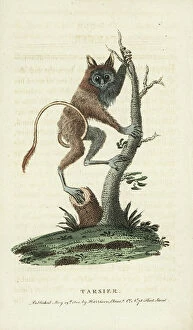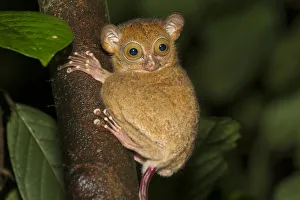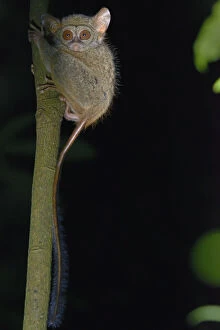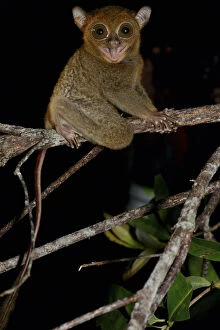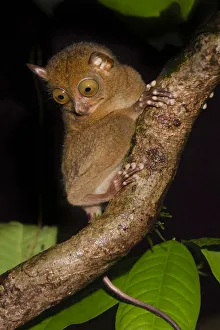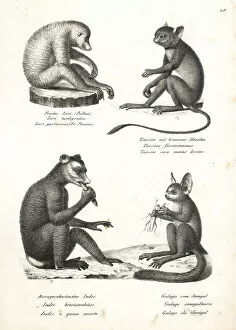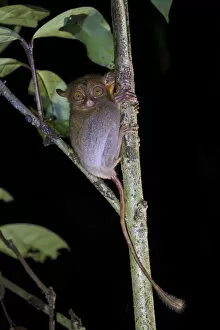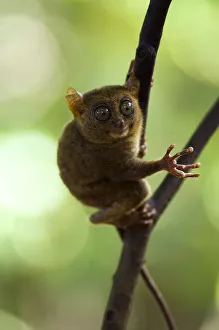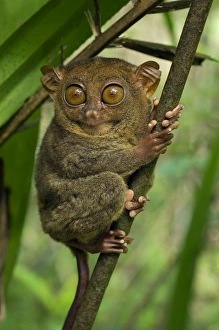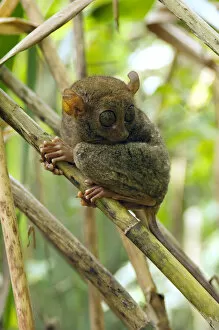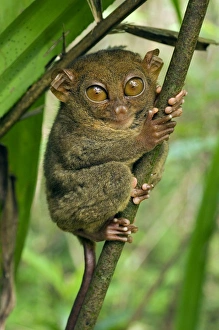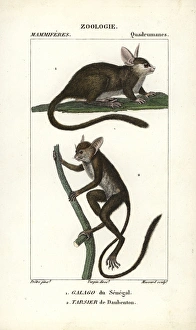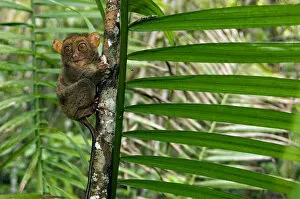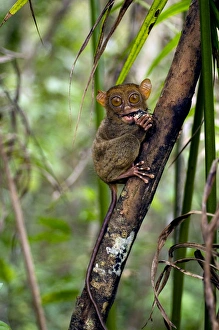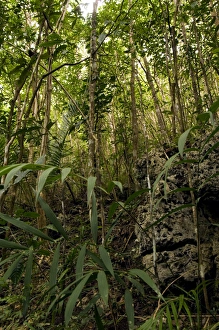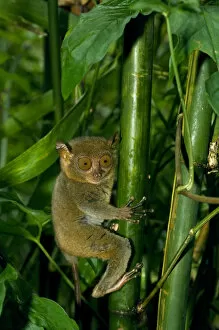Tarsius Collection
The tarsius, also known as the Philippine Tarsier, is a fascinating creature that captivates with its unique features and behavior
All Professionally Made to Order for Quick Shipping
The tarsius, also known as the Philippine Tarsier, is a fascinating creature that captivates with its unique features and behavior. From the Adult Western/Horsfields tarsier in the forest understorey at night to the Horsfields/Western tarsier on Belitung Island, these primates are truly remarkable. One can't help but be enchanted by the sight of a baby Philippine Tarsier perched high up in a tree or resting during the day in bamboo undergrowth. Their large round eyes and long fingers make them appear both cute and mysterious. Found primarily in Southeast Asia, including North Sulawesi where Gursky's spectral tarsiers reside, these small primates have adapted to their forest habitats, and are skilled jumpers and climbers, using their strong hind legs to leap from branch to branch with ease. During daytime hours, they hide and rest on their perching sites, blending seamlessly into their surroundings, and is during these moments that one can truly appreciate their ability to camouflage themselves within nature. In addition to being masters of disguise, tarsiers also showcase their hunting skills. Catching insects like butterflies with lightning-fast precision demonstrates just how agile they are despite their small size. Tarsiers belong to a group of primates that includes lorises, indris, and bushbabies - all sharing similar characteristics such as nocturnal habits and specialized adaptations for climbing trees. Whether it's observing an adult Western/Horsfields tarsier exploring the forest understorey at night or witnessing a Philippine Tarsier hiding peacefully during daylight hours; these captivating creatures continue to intrigue researchers and wildlife enthusiasts alike.


